Introduction to 3.6V Flexible LED Strips
The 3.6V flexible LED strip represents a versatile and efficient lighting solution designed to meet various illumination needs. These strips are characterized by their flexibility, energy efficiency, and ease of use, making them a popular choice for both commercial and residential lighting designs.
Types and Configurations
Diverse in their applications, 3.6V LED light strips come in various configurations. Customers can select from single-color options, RGB (Red, Green, Blue) models, or even RGBW (Red, Green, Blue, White) variants that combine color and pure white light for a broader color spectrum and enhanced lighting effects.
Applications and Uses
Flexible 3.6V LED strips are utilized in a multitude of settings. Their flexibility allows them to be installed in curved spaces, corners, and contours, making them ideal for under-cabinet lighting, architectural accents, and even in automotive interiors. Their low voltage requirement also makes them suitable for portable and battery-powered applications.
Features and Advantages
The 3.6 volt flexible LED strip boasts features such as low power consumption and a long lifespan, which contribute to their cost-effectiveness and eco-friendliness. Additionally, their flexibility and cuttable design allow for custom lengths, ensuring a perfect fit for specific project requirements.
Materials and Construction
Constructed with durability in mind, LED flexible strip lights 3.6V are typically encased in silicone or coated with a resin to provide protection against moisture and dust, enhancing their suitability for both indoor and outdoor use. The LED diodes are mounted on a flexible circuit board, ensuring they can be bent and twisted without causing damage to the lights.
Environmental Impact and Efficiency
Emphasizing sustainability, 3.6V LED flexible strips are designed to be energy-efficient, emitting minimal heat and providing bright light output while consuming less energy compared to traditional lighting solutions. This efficiency contributes to a reduced carbon footprint and lower energy bills.




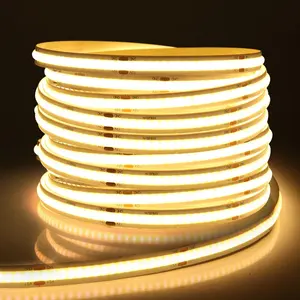

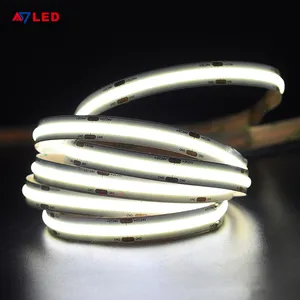


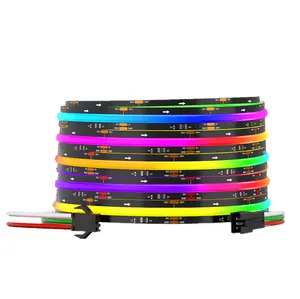
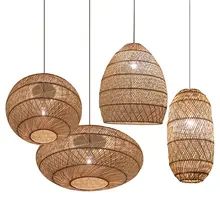


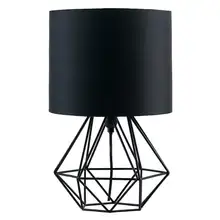
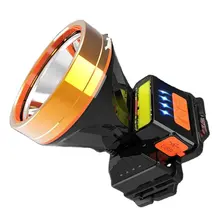



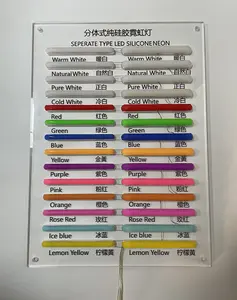




















 浙公网安备 33010002000092号
浙公网安备 33010002000092号 浙B2-20120091-4
浙B2-20120091-4